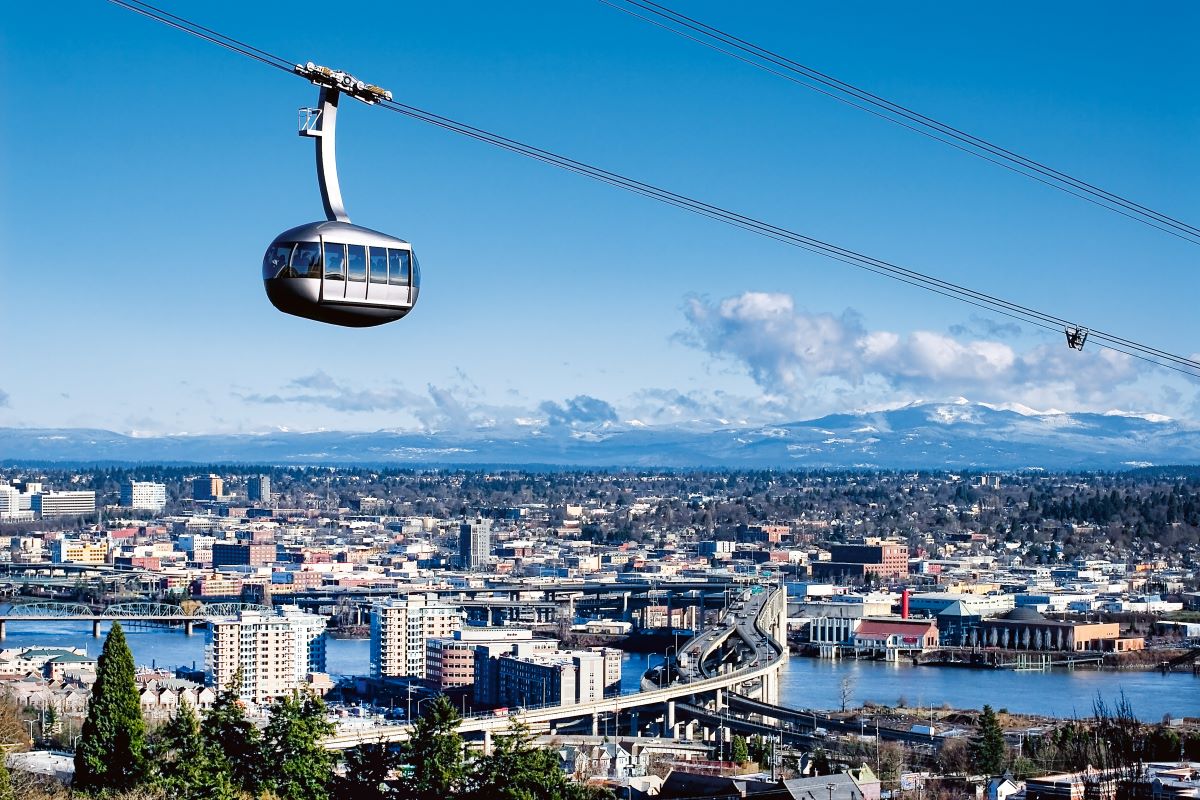
Cities, SI-Urban
Becoming digitally sustainable – in urban areas
More consumption, more demand, more traffic, more energy and material consumption – it seems that digitalization runs counter to the desire for greater sustainability.
Just think of the parcel glut caused by online retailing. But digitalization can also be a lever for more sustainability. Christian Marheine from the University of St. Gallen shows how the two megatrends can be combined with facts, figures and examples.
The researcher at the chair “Digital Strategy, Transformation and Innovation” of Professor Andrea Back, first points out the importance of combining sustainability and digitalization in science.
“Since 2017, the volume of publications dealing with this convergent interest has increased by 83 percent annually,” says Marheine.
Five application areas stand out here: smart factory, smart grid, smart building, smart agriculture and smart mobility.
Disadvantages of digitalization
As good as these terms sound, they are initially a double-edged sword. “Around four percent of global CO2 emissions are caused by digitalization,” says Marheine.
In the DACH region, the production and use of devices is responsible for half of the digital CO2 footprint, data centers for 30 percent and networks for twenty. “Just think of the increasing number of sensors, the cooling of servers and the power consumption of WLAN networks,” the researcher elaborates.

Christian Marheine
was a research assistant and doctoral student at the University of St. Gallen, Switzerland. He now works as an associate consultant at Kearney.
Opportunities of digitalization
Despite sustainability risks, the benefits of digitalization through dematerialization and efficiency gains outweigh the disadvantages, according to Marheine.
The core technologies used for this are the Internet of Things, cloud computing, artificial intelligence and blockchain.
“Autonomous driving, for example, would allow about 20 percent of the current automotive fleet to provide the same transportation service today. Industry 4.0, in turn, could save 50 percent energy – by networking the physical and digital worlds,” Marheine refers to various sources and studies.
Green IT could also make better use of information and communication technologies – beyond their life cycle. This is entirely in line with the idea of the circular economy: less material, less carbon, and more modular products for lower consumption and reuse of resources.
“The shift from products to digital services contains ecological potential on the part of suppliers,” the researcher said.
In the best case, digital technologies could contribute 41 percent of the necessary CO2 emission savings of the German climate target by 2030, Marheine quotes the Bitkom study 2021: “Speed is crucial here, the faster we digitize, the better!”
Applications
It’s not only due to the pressure of politics that sustainability is increasingly becoming the key target figure for (municipal) companies in addition to sales and profit in the digital transformation. The potential of digitalization lies in five application areas.
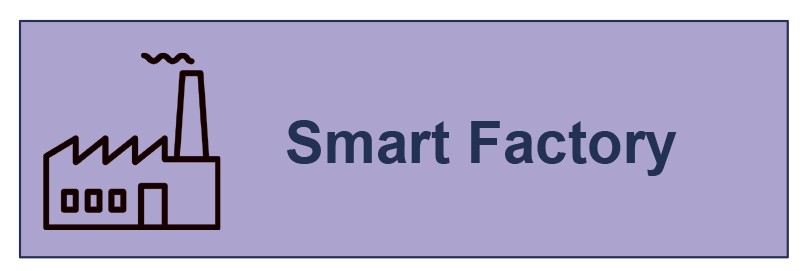
“In the smart factory, productivity can be increased through the simulation of digital twins and automation,” Marheine emphasizes. This is of interest to the supplier industry of urban ropeways, which can improve production quality, reduce throughput times and reduce the use of resources. Traffic planners and operators of urban ropeways can also simulate traffic days and check the impact of investment projects in advance.
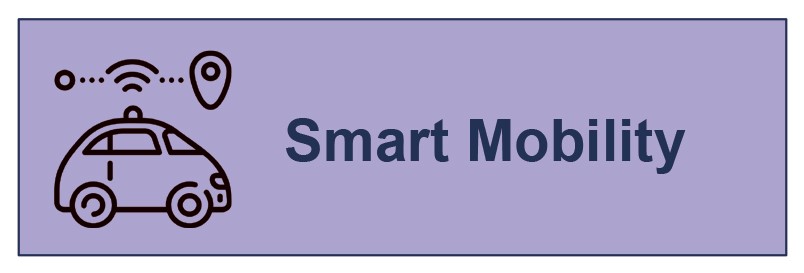
Smart mobility, in turn, can reduce the mileage of the municipal vehicle fleet. To this end, municipal and transport authorities will in future use intelligent logistics, traffic control and routing.
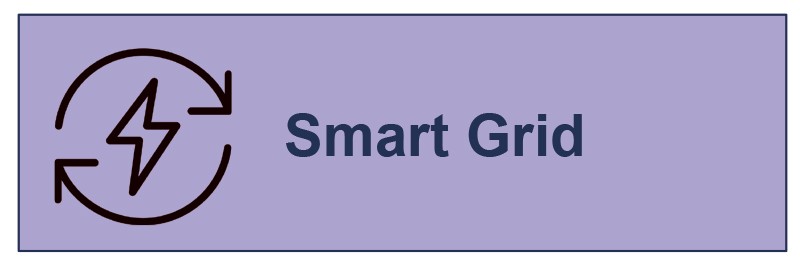
Smart grids improve the interaction between energy generation and consumption. The smart grids bring photovoltaics on public buildings and recuperation on urban cable cars under one roof, for example.
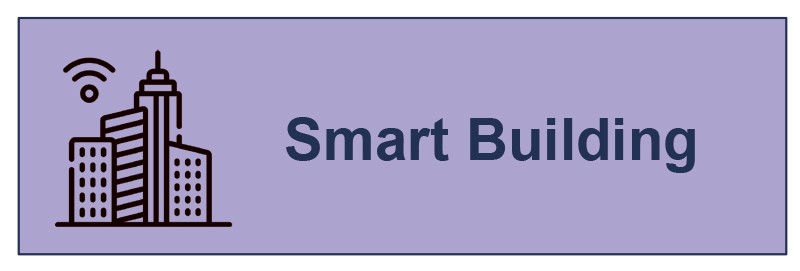
Electricity can also be saved through smart building, according to Marheine: This involves data-based monitoring and automatic control of energy processes in cable car stations and other public buildings.

Of less interest to cities and municipalities – but mentioned for the sake of completeness – smart agriculture will be needed in the future for sustainable agriculture. Here, digital precision systems will make soil management and livestock farming more efficient.
Three concrete steps
But how can municipal companies now marry digitalization and sustainability? ”
In practice, the three-step approach has proven successful. It starts with defining the sustainability problem, followed by selecting the digital tools, and then measuring and managing the measures,” Marheine reports.
Specifically, sustainability goals should be formulated first, such as emissions reduction, energy efficiency and green power, and cost efficiency. “Then ask yourself whether digitalization is the solution – and if so, what technology can help,” says the researcher.
These range from sensors to artificial intelligence to blockchain. After implementation, target achievement and rebound effects should be examined and solutions quantified.
Was direct efficiency achieved through more use or indirect efficiency through more consumption? “We at the University of St. Gallen are happy to provide support here and help with the digital transformation for more sustainability,” concludes Marheine.
Conclusion
Thinking digitalization and sustainability together:
We must design digital technologies as tools and use their potential in such a way that they are sustainable and have an impact.
Speed of digitalization crucial for sustainability contribution:
Positive effects of 40 percent can be achieved if digitalization is accelerated.
Use digitalization as a lever for sustainability goals & competitive advantage:
Digitalization can combine economic growth with environmental and climate protection.
Decision-makers in companies must act decisively:
In addition to political framework conditions, entrepreneurial initiative is needed.







